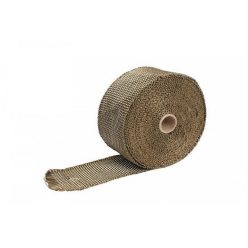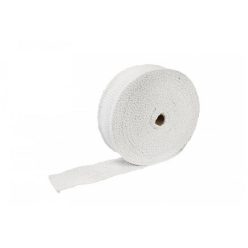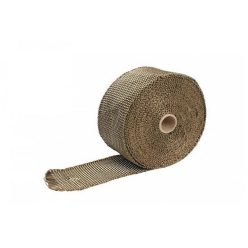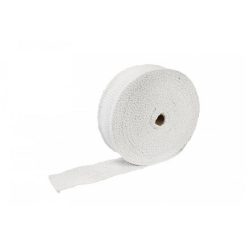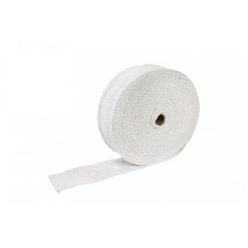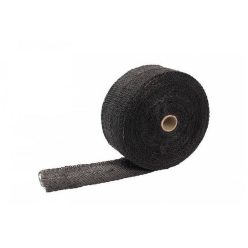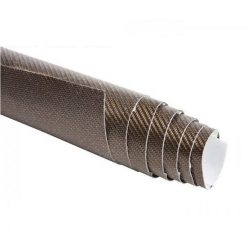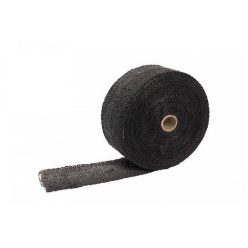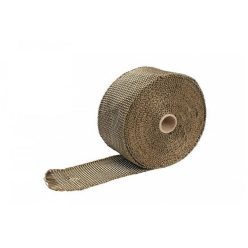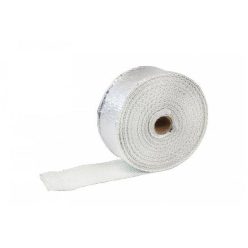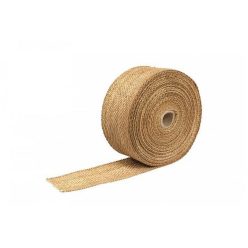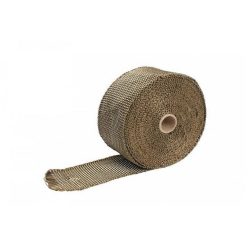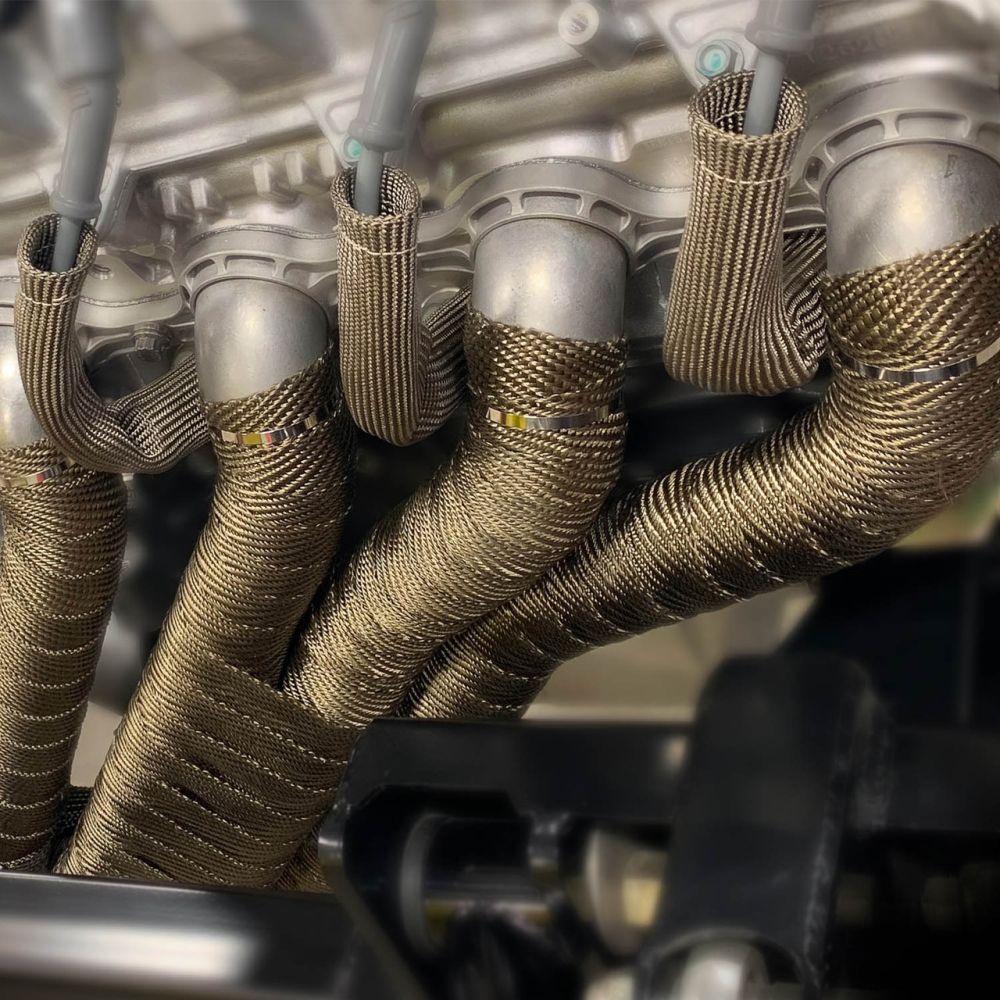
To Wrap or Not to Wrap? – The Pros and Cons of Heat and Exhaust Wraps
Heat wraps help regulate temperature, improving engine performance and ensuring safer vehicle operation. Learn more about their benefits and drawbacks!
To Wrap or Not to Wrap? – The Pros and Cons of Heat and Exhaust Wraps
Why is heat wrap important?
Heat wraps and exhaust wraps play a crucial role in optimizing the performance and durability of vehicle engines and exhaust systems. The heat wraps available in the LLRacing webshop help regulate temperature, improve vehicle performance, and extend the life of components.
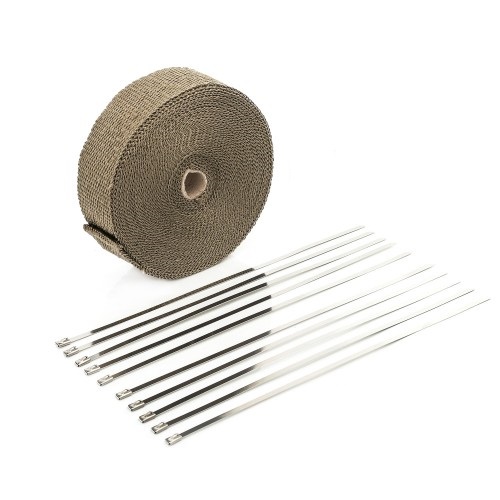
How does heat wrap work?
Insulation: The wrap retains heat within the exhaust system, reducing heat loss and increasing exhaust gas velocity, improving engine efficiency and performance.
Environmental protection: It reduces the temperature around the engine, creating better working conditions for other components and preventing overheating and potential damage.
The benefits of heat wraps
Performance boost: Heat wraps aid in the faster removal of exhaust gases, increasing engine power and efficiency. By keeping the exhaust gases hotter, it increases their flow velocity.
Safer working environment: It reduces the temperature around the engine and exhaust system, lowering the risk of burns from hot components, especially in race cars.
More comfortable interior: Heat wraps lower the amount of heat radiating into the vehicle's interior, providing more comfortable driving conditions. This is especially important in race cars that lack insulation.
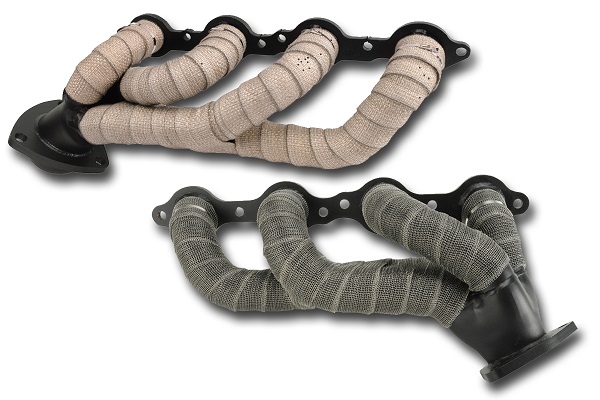
How to install heat wrap
Measurements and preparation: Measure the required length of wrap and soak it in water to make it easier to handle. This step is unnecessary for titanium wraps.
Application: Start at one end of the pipe and wrap tightly, ensuring each layer overlaps the previous one.
Securing: Use stainless steel zip ties to secure the wrap in place once all layers are applied.
The drawbacks of heat wraps
Installation challenges: While not complicated, the installation can be time-consuming, especially in tight spaces.
Maintenance needs: Over time, wraps may wear out and require replacement, adding to maintenance.
Heat wraps at LLRacing webshop
The LLRacing webshop offers a wide selection of heat and exhaust wraps that meet the highest quality standards.

